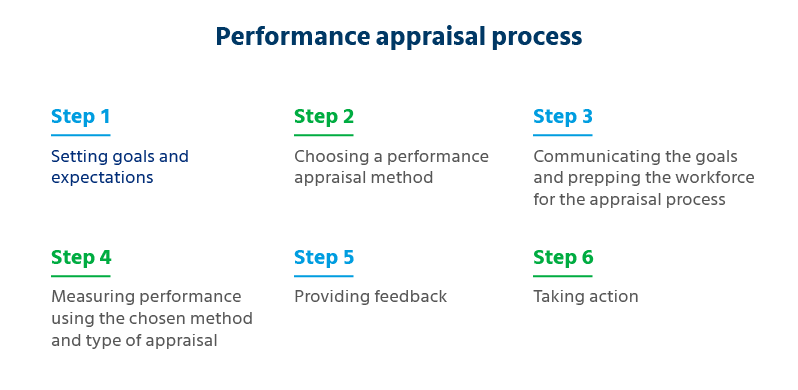The don’ts: Mistakes to avoid for a successful employee appraisal
As you’re planning or reviewing your performance review process, you can save time and expense by being aware of these potential failure points.
Mistake 1: Lack of communication
Communication is the most critical component of implementing a new or improved performance management system. Authentic and transparent information sharing is part of the training process that enables managers to take control and lead by example. The goal is to have everyone invested in the performance evaluation process.
Mistake 2: Not following up
When performance is rated below expectations, managers need to take and follow through with corrective actions such as designing performance improvement plans. Otherwise, the appraisal system fails as a development tool, negatively affecting morale.
Mistake 3: Making criticisms without any context or offering false praise
While you should look for something positive to say in every performance review, giving false praise will only mislead an employee into thinking they are doing better than they are and rob them of the opportunity for improvement. Conversely, criticizing employees without giving appropriate examples or providing ideas for improvement can leave them feeling defensive and wrongly judged.
Mistake 4: Lack of planning
It is never acceptable to conduct a performance review meeting with your employees without sending them a prior notification about it. Performance reviews require both the managers and employees to be prepared. The agenda of the entire process is not just for you to assess their performance but also to analyze how to improve it.
Mistake 5: Turning it into a monologue
Performance reviews need to be elaborate discussions where employees and employers get equal opportunity to present their thoughts and ideas. Irrespective of the review format, the goal should be to make room for brainstorming, questions, planning and more.









 Behavioral Competencies
Behavioral Competencies Cognitive Competencies
Cognitive Competencies Coding Competencies
Coding Competencies Domain Competencies
Domain Competencies






































